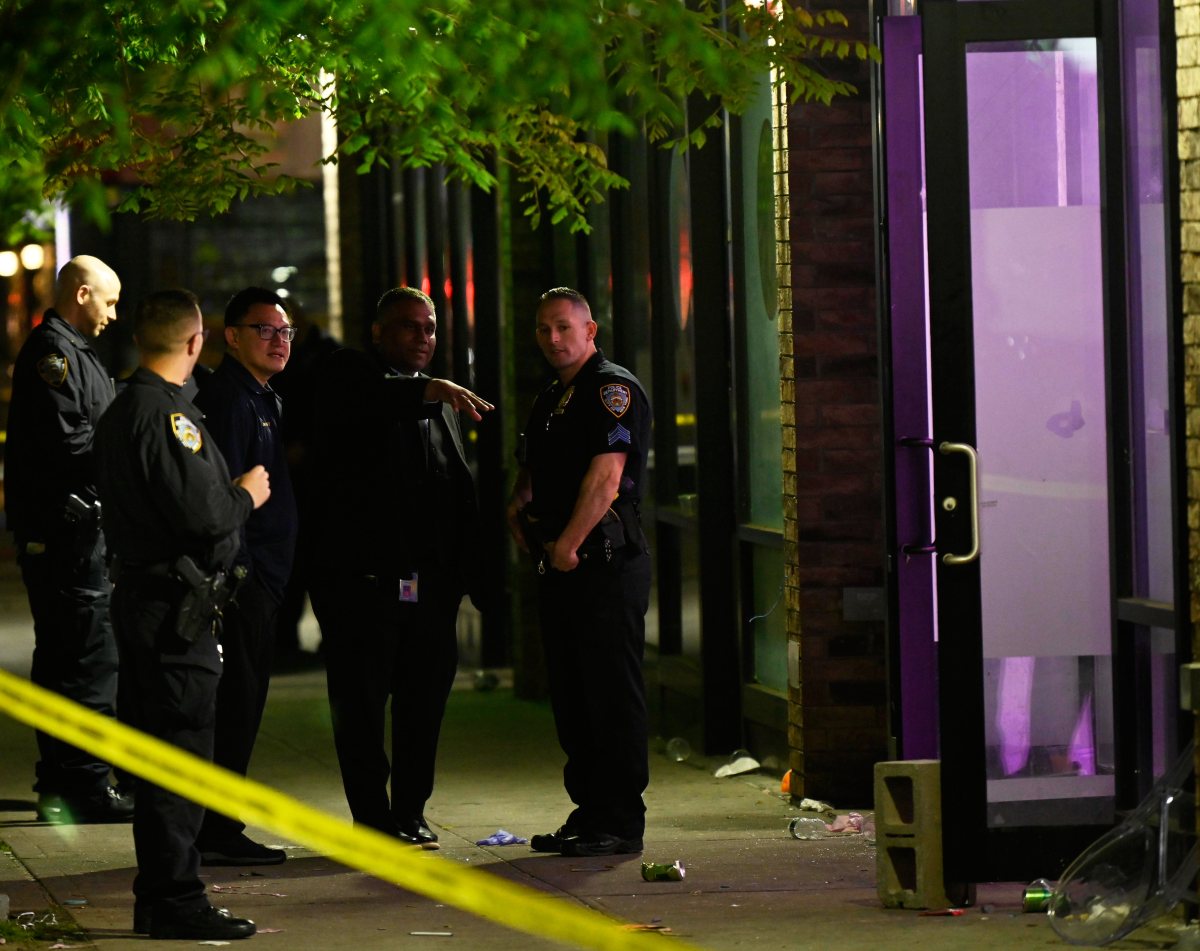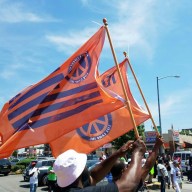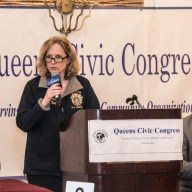By Joe Anuta
Many northeast Queens neighborhoods have complained recently about increased aircraft noise, but it could be worse.
Airspace regulations for a long-shuttered borough airstrip are actually keeping planes from flying closer to residential rooftops over parts of Whitestone, north Flushing, Bay Terrace, Douglaston and Little Neck, according to flight maps.
These maps are used by pilots to show where they can and cannot fly, and one place off limits to commercial aircraft leaving LaGuardia Airport is called the Flushing Exclusion Zone, the Federal Aviation Administration said.
This zone stretches from the site of the shuttered Flushing Airport — in-between Whitestone and College Point just west of the Whitestone Expressway — across the top portion of Queens. Over the areas of Whitestone and north Flushing, aircraft must stay above 1,200 feet, while above parts of Bay Terrace and northern Bayside, they must stay above 1,500 feet, according to the FAA and flight maps.
If the Flushing Exclusion Zone did not exist, the FAA would have the ability to fly aircraft as low as it wanted in these areas, although officials from the agency said at a recent meeting that they never route a plane lower than 1,000 feet above residential blocks.
The exclusion zone was created in the 1970s when airspace regulations were modified, according to the FAA, although Flushing Airport had been open since 1927.
The corridor was created as a pathway for smaller planes to get access to the airport through airspace normally used by larger commercial jets traveling to and from LaGuardia, the FAA said.
LaGuardia’s airspace can be compared to an upside down, multi-layered wedding cake, according to several pilots interviewed for this story. Planes landing at the airport begin their descent from high in the widest layers, gradually zeroing in on the runway at the bottom.
That bottom layer of the cake sits right on top of LaGuardia. It is a cylinder with a diameter from Great Neck, L.I., to Lower Manhattan, and a height of 7,000 feet. No planes can enter this airspace unless they are in contact with LaGuardia’s control tower.
But the Flushing Exclusion Zone is an exception.
Think of the exclusion zone as a door cut into the bottom of the layer, with a hallway leading to Flushing Airport. Before the old airstrip was closed in 1984, small planes could enter this door and proceed down the hallway, or corridor, without being in contact with the control tower, according to FAA.
This doorway is about the width of Little Neck Bay and is 1,500 feet high, but the ceiling drops down to 1,200 feet from the eastern edge of Whitestone until you reach the site of the airport.
Not only did it give smaller planes access to a location very close to LaGuardia, it also kept jets out of that space. Since the smaller planes sometimes operated without certain instruments, the control did not want to send a jetliner into that area and risk a crash, according to the FAA.
After the airstrip was shuttered the FAA left the exclusion zone untouched, since plans for the site had not been finalized, but the administration still routes planes above the exclusion zone.
The site of the old airport falls into the bounds of the College Point Corporate Park, which is administered by the city Economic Development Corp.
A representative from EDC said in October that no proposals for development are currently being considered for the site, meaning the exclusion zone will likely remain intact for the time being.
Reach reporter Joe Anuta by e-mail at januta@cnglocal.com or by phone at 718-260-4566.





























